To begin with, let's find out how much you know about the national emblems of the United Kingdom by taking a quiz.
Read the statements and choose the correct answer.
Look at the sentences from the quiz. We use relative pronouns to join sentences to nouns. In this way, we can describe or give essential information about a person, thing, or place. Remember that we use:
Now, let's look at how relative pronouns are used in the quiz you answered:
This is the saint who is celebrated in Northern Ireland and the Republic of Ireland on March 17.
(This is the saint. He is commemorated in Northern Ireland and the Republic of Ireland on March 17.)
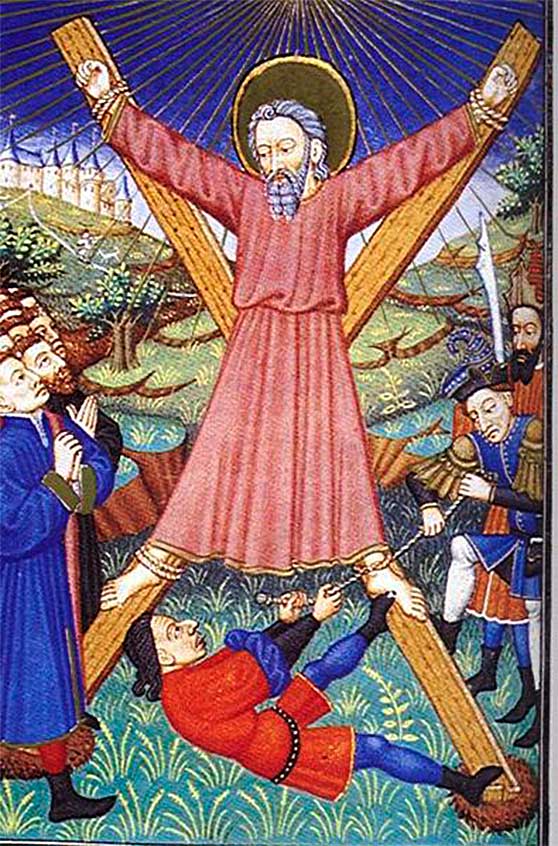
n.a. (n.d.). Martyrdom of Saint Andrew [illustration]. Retrieved from: https://upload.wikimedia.org/wikipedia/commons/thumb/1/13/Martyrdom_of_andrew.jpg/395px-Martyrdom_of_andrew.jpg
This is a legendary creature which appears on the flag of Wales.
(This is a legendary creature. It appears on the flag of Wales.)
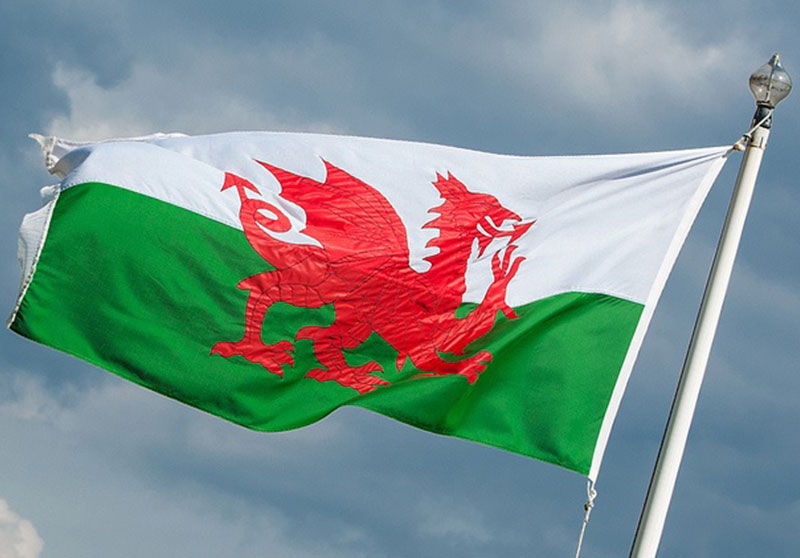
Wilkinson, M. (2014). The flag of Wales [photographic]. Retrieved from https://www.flickr.com/photos/manc72/14157159536
This is the name of the flag that distinct countries: England, Scotland, and Northern Ireland.
(This is the name of the flag. It incorporates the national symbols of three different states: England, Scotland, and Northern Ireland.)
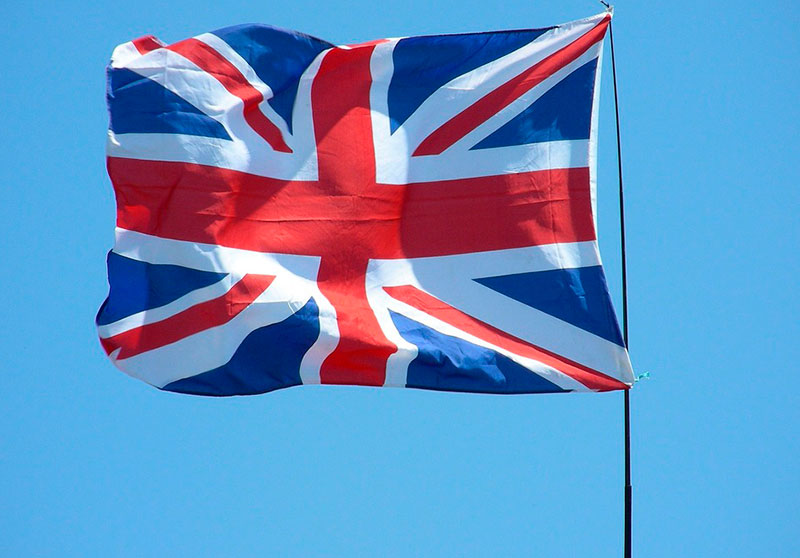
n.a. (n.d). Union Jack [photographic]. Retrieved from https://pixabay.com/static/uploads/photo/2016/05/09/14/46/union-jack-1381707_960_720.jpg
This was a British Queen that had the title 'Empress of India'.
(This was a British Queen. She had the title 'Empress of India'.)
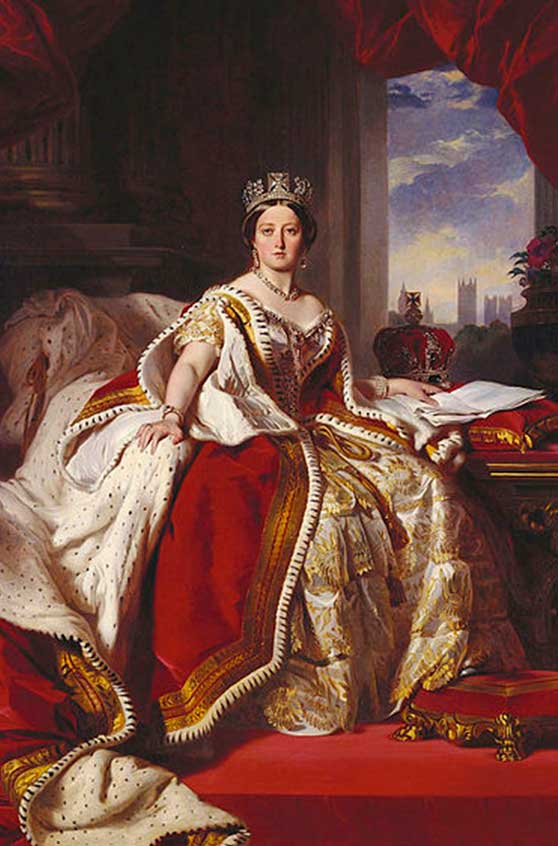
Winterhalther, F. (1859). Victoria in her coronation [Painitng]. Retrieved from https://upload.wikimedia.org/wikipedia/commons/thumb/8/85/Victoria_in_her_Coronation.jpg/384px-Victoria_in_her_Coronation.jpg
This is the patron saint whose cross forms the national flag of Scotland.
(This is the patron saint. His cross forms the national flag of Scotland.

Zajdowlcz, T. (2011). St Patrick [photographic]. Retrieved from https://www.flickr.com/photos/thadz/6086081141
This is the town where Willian Shakespere was born.
(This is the town. William Shakespeare was born there. )
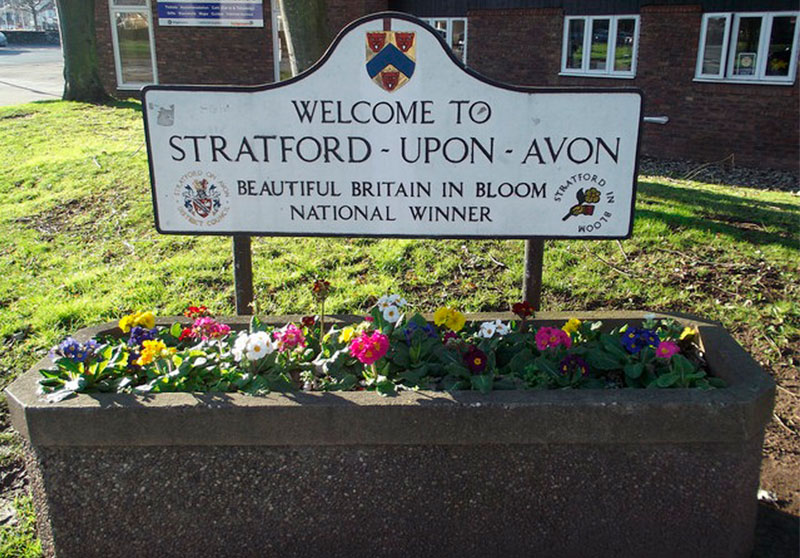
Brown, E. (2014). Welcome to Stratford-Upon-Avon [photographic]. Retrieved from https://www.flickr.com/photos/ell-r-brown/12074009733
Relative pronouns replace he / she / it / his / her etc. We don't use both.
Incorrect: This is a legendary creature x which it appears on the flag of Wales.
The sentences above are examples of defining relative clauses (also called adjective clauses). A defining relative clause acts as an adjective. Remember that an adjective modifies a noun or a pronoun by limiting its meaning.
I have a blue car. (blue is an adjective that describes the noun car.)
A relative clause is a sentence that modifies a noun or a pronoun (just like an adjective). It usually follows the word it modifies.
I have a car that is blue. (that is blue is a relative clause that describes the noun car.)
As you can see, this topic is strongly essential, I invite you to continue practising through the different activities in the four skills.
By the end of this topic, you will:
Use relative pronouns that, who, which, whose y whom, in relative clauses to give essential information about people, things, or places through situations that refer to countries.
Defining relative clauses (also called essential, restrictive, or identifying) is necessary to make the meaning of a sentence clear. That is, they say who or what we are talking about. The information they give is essential about somebody or something.
Review the following chart so that this grammar topic becomes clear in order, to begin with, some more activities.
The woman who won the gold medal is from Hungary.
The clause who won the gold medal identifies the woman we are talking about.
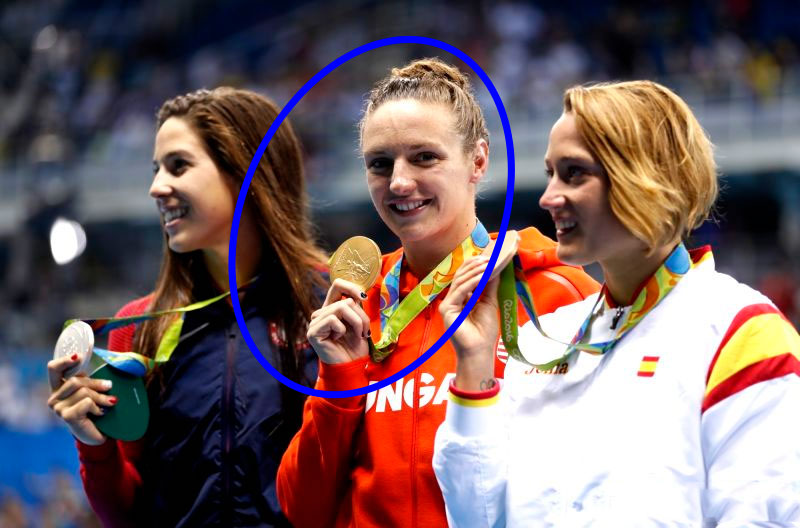
Brindicci, M. (2016). Canoe Sprint. Retrieved from: http://www.reuters.com/article/us-olympics-rio-canoesprint-w-single-idUSKCN10T1HK
The book which you lent me was really enjoyable.
The clause which you lent me identifies the book we are talking about.

Toledoda, C. (nd.). Hunger games book. Retrieved from: https://www.pinterest.se/pin/353814114445267124/
That's the chef whose food is enjoyed by everybody.
The clause whose food is enjoyed by everyone identifies who the food belongs to.

Good Life Vancouver & Ed Lau. (2013). Healthy chefs competition winners & recap!. Retrieved from: http://www.followmefoodie.com/2013/03/2013-healthy-chefs-competition-winners-recap/
After words for time and place, we can use when and where as relatives.
Do you remember a time when there was no internet?
The clause when there was no internet identifies the time we refer to.

That's the house where William Shakespeare was born. (= '...the house at which Shakespeare was born.')
The clause where Shakespeare was born identifies the house we are talking about.

When the relative pronoun (who / whom, which and that) is the object of the verb in the relative clause, we can leave it out. We don't usually omit the relative pronoun when it is the subject of the relative clause. Compare the following examples:
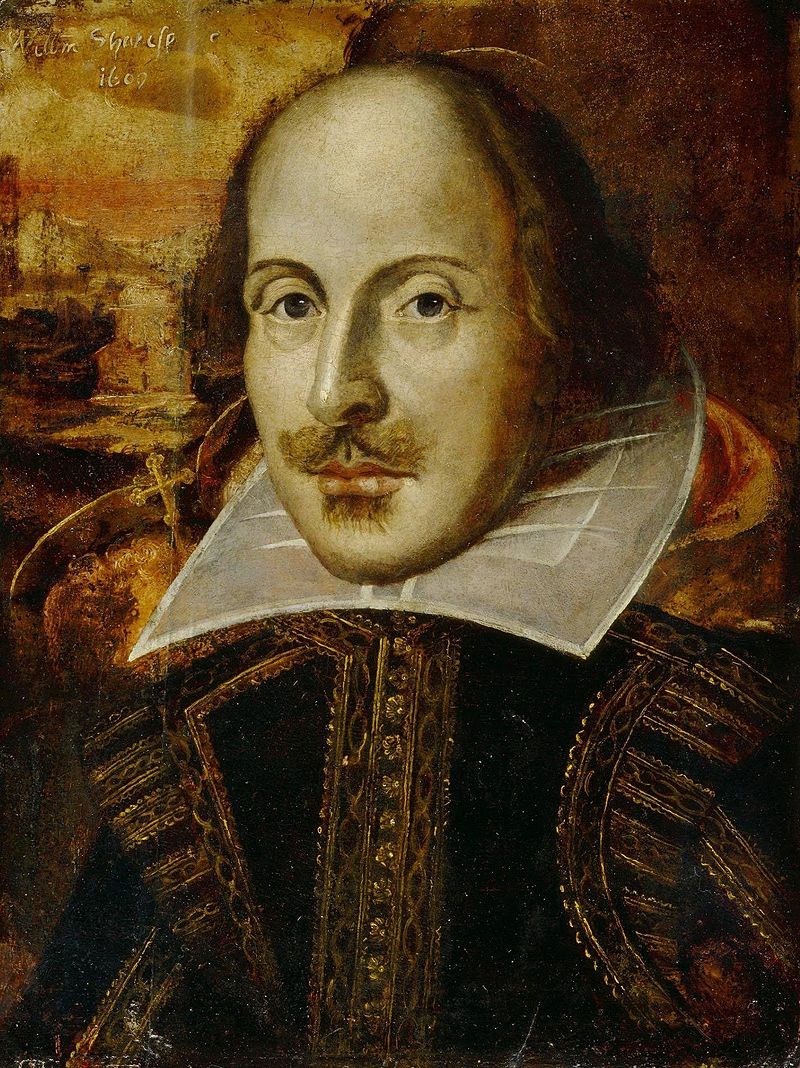
Subject
subject
(the relative pronoun CAN’T be omitted)
Here are more examples:

Object
Object
(the relative pronoun CAN be omitted)
The man I saw on the subway was Bradley Cooper!
who/that
Here are more examples:
verb + preposition: In informal English, we don't usually separate a verb and a preposition that go together, so the preposition goes after the verb. Also, we usually omit the relative pronoun. For example:
listen to The music (that) my brother was listening to kept me from sleeping.
dance with The lady (that) Rob danced with at the party was really beautiful.
look at The painting (that) they are looking at costs one million dollars.
In formal English, prepositions can also go before their objects. Use whom for a person and which for a thing. Don't use who or that in this case.
The music to which my brother was listening kept me from sleeping. (very formal)
The lady with whom Rob was dancing at the party was really beautiful. (very formal)
The painting at which they are looking costs one million dollars. (very formal)
Activity 1
The United Kingdom (UK) is made up of four countries: England (1), Wales (2), Scotland (3), and Northern Ireland (4). Can you locate the capital cities of these countries on the map?
Drag the name of the capital to the correct line on the map.
Activity 2
Now let's focus on one of the capitals of the countries of the United Kingdom.
Look at these pictures and select the best option.
Activity 3
Edinburgh is the capital of Scotland and it's the second largest city after Glasgow. It is in south-east Scotland and in 2014 it had an estimated population of about 465,000. Read the following tourist guide to know more about what Edinburgh has to offer.
Skim the article and choose the three topics it talks about.
Click here for the reading: Edinburgh City break guide.
Activity 4
Once you have identified the main topic of the text, it is time to read it in more detail. To do this and to answer the following activity, you will need to use the reading strategy of reading between lines (making inferences).
Read the text again. Decide if the following statements are True or False according to the text. Click on the correct option. Then check your work
Activity 5
When reading a text in English, you will almost always come across with unfamiliar words, phrases and expressions. Guessing the meaning of vocabulary that you don't know is an essential reading strategy. Click on the link Reading Strategy: Guessing meaning of unfamiliar words from context to have further information on it.
Get back to the reading Edinburgh city break guide and look at the highlighted words and phrases from the text and guess the meaning from the context. Then, drag each word or phrase from the left column and drop it on the corresponding definition in the right. The word or phrase will go back at its original place if it is not correct.
If you need help, find the correct meaning of a word by using a dictionary, click here.
Activity 6
Now that you know the meaning of the words and phrases you used from the text, it is time to put them in a new context. Please read the following sentences from 1 to 9 and drag each word or phrase from the box below and drop it on the correct blanks to complete the sentences. If it is not right, it will go back to the box.
Would you like to visit Edinburgh?
What time of year do you think it is best to visit?
Which of the activities in the travel guide would you like to do if you could visit Edinburgh?
Activity 7
In this section, you will have guided practice on how to write a post for a blog. First, let's start by saying what a blog is.
"A blog is a frequently updated online personal journal or diary. It is a place to express yourself to the world. It is a place to share your thoughts and passions. It’s anything you want it to be. For our purposes, we’ll say that a blog is your website that you are going to update on an ongoing basis. A blog is a short form for the word weblog, and the two words are used interchangeably."
Taken from: http://blogbasics.com/what-is-a-blog/
Now read the following blog post: Five things to do in London on a short visit. Relative clauses have been removed from each paragraph. Match each clause with its corresponding paragraph by dragging and dropping it on the correct line. It is not correct, and the clause will be placed back in the box.
Activity 8
Now, taking the previous job as a model, it is your turn to write a post for a travel blog. To do this, you will need to follow these steps:
Please, before you write your activity, make sure it has the characteristics contained in the checklist.
Then evaluate it yourself using the following checklist:
Activity 9
"Throughout its history, the United Kingdom had been a significant exporter and source of musical innovation. Drawing on its cultural basis from church music, Western culture, ancient and traditional folk music and instrumentation from Scotland, Northern Ireland and Wales.
In the 20th century, influences from the music of the United States became most dominant in popular music. This led to the explosion of the British Invasion, while subsequent notable movements in British music include the new wave of British heavy metal and Britpop. The United Kingdom has one of the world's largest music industries today, with many British musicians having influenced modern music."
Taken from: Music of the United Kingdom. (2016, September 12). In Wikipedia, The Free Encyclopedia. Retrieved 00:22, September 19, 2016, from https://en.wikipedia.org/w/index.php?title=Music_of_the_United_Kingdom&oldid=739026285
Let's find out how many British icons you can identify in this activity. Look at the images and match the photos from the right column with the names from the left column. Drag the photos and drop them on the correct place. If it is not accurate, the image will be placed back in the right column.
Activity 10
In this activity, you will listen to a radio program about five influential people in British music. As you listen, choose the five people the presenter talks about. Click "Yes" if the presenter talks about the person. Click "No" if the presenter doesn't talk about the person.
To hear the audio click here:
Activity 11
In this activity, you will listen to the radio program again for specific information. First, read the sentences and then click on the icon to play the audio. Decide if each statement is True or False by clicking on the correct option according to the information given in the radio program.
To hear audio click here:
Have you listened to any of the five musicians? What do you think of their music style?
Do you agree with the selection presented on the radio program?
Would you add any British musicians to the list? Which one(s)?
Activity 12
In this section, you are going to record audio in which you are going to talk about an iconic person you admire from your country.
First, listen to the radio program with the tapescript from the listening section. Focus on the relative clauses, which are highlighted in blue. Note how they are used to give essential information about the nouns they modify.
To hear audio, click here:
Click here for the tapescript.
Then think of an artist, musician, athlete, historical figure, etc. Plan what you are going to say. You can find information about the person on the Internet. Include the following information, but don't say who the person is until the end. Let other people guess who you are talking about!
Use defining relative clause to give essential information about the person by using phrases like these:
Now record yourself talking about the person you chose. You should speak for about one minute. You can practice as many times as you want before you upload your audio file. Remember that you should give a short and organized speech, but it is not advisable to read it or say it from memory. Try to sound as fluent and natural as possible.
After finishing your audio, record it and evaluate it using the following checklist by selecting one scale per parameter. In the end, check your score and reflect on how good you are at giving your opinion about the things you like and dislike.
This exercise assesses your learning of the grammar point that you have been practising throughout the series of activities of this topic: defining relative clauses.
Read each sentence and complete it by choosing the correct option. Click on the right answer.
This quiz assesses your learning of the grammar point that you have been practising throughout the series of activities of this topic: defining relative clauses.
Read the following sentences. Then complete each sentence by writing one of the following words in the space provided: who, which, that, when, where or whose
• American English file: 4: Student book with online practice (2014). Oxford, United Kingdom: Oxford University Press.
• American English file: 4: Workbook with ichecker (2014). Oxford, United Kingdom: Oxford University Press.
• Grammar and Language Workbook, Part 1: Grammar (no date). Glencoe/Mcgraw-Hill.
• Murphy, R. (2012). English grammar in use student’s book intermediate with answers: A self-study reference and practice book for intermediate students of English. 4th edn. Cambridge: Cambridge University Press.
• Swan, M. And Walter, C. (2011). Oxford English grammar course. A grammar practice book for intermediate and upper-intermediate students of English: With answers. 4th ed. Oxford: Oxford University Press.
• BBC. (2017). Relative Clauses. Website: Http://www.bbc.co.uk/learningenglish/english/course/intermediate/unit-18/tab/grammar
• Fletcher, H. (2017). The 20 greatest British Rock Bands of all time. Retrieved from: https://www.standard.co.uk/go/london/music/the-20-greatest-british-rock-bands-of-all-time-a3655391.html
• Inglés Mundial. (2017). Cláusulas relativas y restrictivas. Website: Http://www.inglesmundial.com/Avanzado/Leccion14/Gramatica.html
• Macdonald, L. (2016) Edinburgh city break guide. Available at: http://www.telegraph.co.uk/travel/destinations/europe/united-kingdom/scotland/edinburgh/articles/edinburgh-city-breakguide/